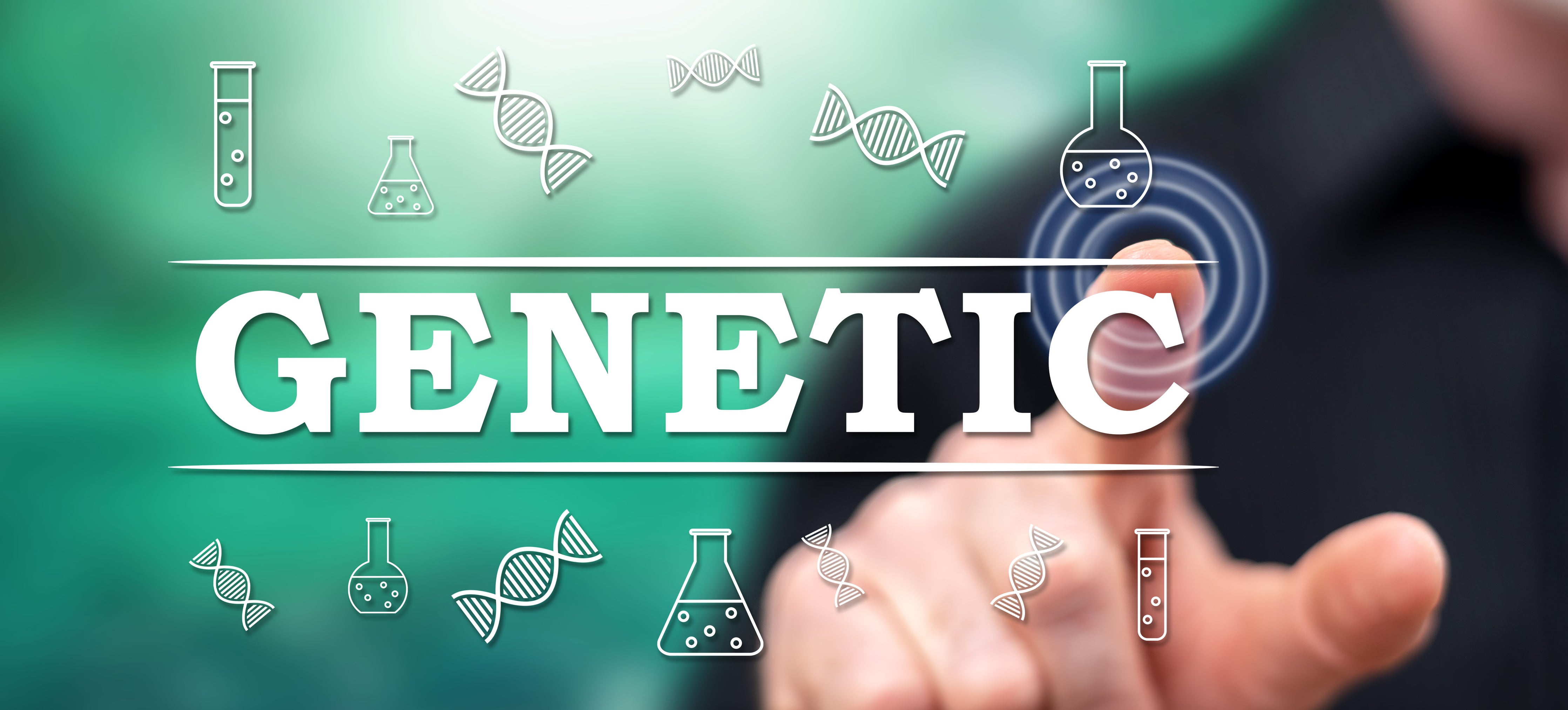
You have 30,000 genes in your body.
These 30,000 genes not only dictate your eye color and whether you can curl your tongue...
They also influence when, where, how, or whether you’ll get a disease or illness. Genes play a key role in practically every aspect of our health. They may directly cause an illness, make you more likely to develop a disease, or actually protect you from certain diseases.
Mapping the Human Genome – A Tough Challenge
Scientists first sequenced the human genome less than 20 years ago. They completed 92% of it through the Human Genome Project (HGP) in 2003.
But there were still gaps because the technologies of 2003 didn’t allow reading of the missing 8%.
In April of 2022, the Telomere-to-Telomere (T2T) Consortium completed sequencing the remaining 8%.
It was a tough challenge because scientists had to figure out how to read cryptic genetic language.
Reading genes requires cutting DNA strands into pieces that contain hundreds to thousands of letters... and get them all in the right order! That was a tall order.
What’s more, researchers also had to assemble the pieces of the genome from both mother and father. And be able to discern one from the other.
Scientists have now gotten to the point where they can link particular genetic mutations to certain diseases. For example, hemophilia and cystic fibrosis come from mutations in single genes.
Interestingly, certain mutations can also protect you from certain diseases.
The Amazing Human Genome
The human genome contains about 3.1 billion DNA subunits known by letters.
Your genes are strings of these letter pairs with instructions for producing proteins, which are the building blocks of life.
Your 30,000 genes are organized into 23 groups called chromosomes, found in the nucleus of every cell.
The T2T introduced nearly 200 million base pairs of sequence containing 1956 gene predictions – 99 of which are predicted to be protein coding.
All human cells that have a nucleus contain a complete copy of the genome... in other words, a complete set of DNA including its genes.

Genetic Mutations – Good or Bad?
A genetic mutation isn’t necessarily a bad thing, although we often associate mutations with disease or disability.
A genetic mutation is simply any change in your genome that makes you different from others.
Mutations occur all the time. New copies of your genes are made throughout your lifetime. Your old cells must replicate the DNA to get an exact copy.
Issues arise when these copies “make mistakes.”
When a gene is claimed to cause a disease, it’s actually the mutation that causes the problem.
The cellular system in the body normally functions well. It guards against mutations. And genes can function properly, or well enough, even when not copied perfectly. Additionally, your body has mechanisms to repair genes for self-protection.
Some mutations occur within a single gene. Other diseases are more complex, caused by mutations in multiple genes... often in conjunction with environmental factors and lifestyle choices.
It’s also possible for an entire gene to be missing. This is called a copy number variation (CNV). Missing genes can cause health problems, but so can extra copies.
Genes are the instruction manual for protein-building. They directly influence the structure, number, mobility, and activity of your proteins, and can cause (or prevent) disease.
A Mutation in One Single Gene Can Confer Disease
Diseases can be caused by a mutation in a single gene (called monogenic) or from two copies of each gene (one from mom and one from dad).
Dominant disease mutations harm the body so much that they only need to come from one parent to cause trouble. Recessive mutations have less impact, so you’d have to inherit the mutation from both parents to get sick.
For example, Huntington’s disease comes from a dominant mutation in one single gene – the HTT gene. This gene mutation causes progressive brain damage. You only need to inherit this mutation from one parent to develop Huntington’s.
Sickle cell disease also comes from a monogenic mutation in the hemoglobin gene (HgbS) that causes red blood cells (RBCs) to turn sickle-shaped. Sickle shaped RBCs make it difficult to move oxygen around the body, and leads to anemia.
However, the HgbS mutation is recessive. You’d need to get the bad gene from both parents to actually get the disease. With only one copy, half the RBCs form a sickle shape... not enough to cause symptoms.
Oddly enough, the sickle cell gene can protect you from malaria. The malaria microbe can’t survive in sickle-shaped cells. What’s more, with one copy of the bad hemoglobin gene, you don’t have enough healthy RBCs to get malaria.
Could this be why sickle cell disease is so common among people of African descent – given the prevalence of malaria-carrying mosquitoes there?
BRCA and ApoE4
Scientists know that the BRCA mutation can lead to breast and ovarian cancer.
They also know of genetic risk factors for early-onset Alzheimer’s Disease based on the APoE gene. The ApoE2 protects people from Alzheimer’s, ApoE3 is neutral, and ApoE4 puts Alzheimer’s straight in its crosshairs.
Despite the genetic links, we don’t call these cancers or Alzheimer’s “genetic disorders” like we do Huntington’s disease or Sickle Cell... because these mutations don’t guarantee that someone will develop that disease.
You actually need multiple things to go wrong to get these diseases... often including factors such as toxins, medications, food, and your age.

Don’t Let Your Genes Define You
Your genes need not define you!
One of the most compelling reasons for genetic testing is that it lets you proactively address and monitor your personal risk factors.
Just because you have an increased risk for breast or ovarian cancer, Alzheimer’s, or anything else, doesn’t mean it’ll manifest as the disease.
Start taking smart steps to minimize your risk, such as banishing sugar from your diet, eating nutrient-dense foods, exercising daily, and getting seven to eight hours of sleep nightly to reduce risk.
You can also take specific supplements to address genetic tendencies, which can be a smart way to mitigate risk.
Staying healthy generally involves a multi-pronged strategy including many smart steps.
On the other hand, if sugar is your constant companion, you eat fast food several times a week, and you rarely exercise, you’re acting as an accomplice for your bad genes.
How many of the above positive strategies do you participate in?

Save $50 to Get Your Genes Tested Today
Genetic testing has dropped in price substantially over the past several years.
And now, for a limited time, you can save an additional $50 when you get your genes tested with Dr. J. Dunn. Just be sure to use this link. No blood draw... it’s all done with a swab of the inside of your cheeks.
Dr. Dunn specializes in genetic testing with built-in protocols for confidentiality. It’s coded with a bar code, and your sample is thrown away shortly after testing is completed. Your name is not on the sample.
This is who I recently tested my genes with... the results of which were announced LIVE on my podcast. I invite you to listen to part 1 and part 2 of my “big reveal.”
Please Note: To get your discount, you’ll add this to your cart, and then begin the checkout process before the discounted rate of $245 will show up. Don’t be worried if you don’t see it initially. 😊
Why not start your 2023 knowing what your genes are trying to tell you... so you can proactively address potential problems before they manifest as disease?



